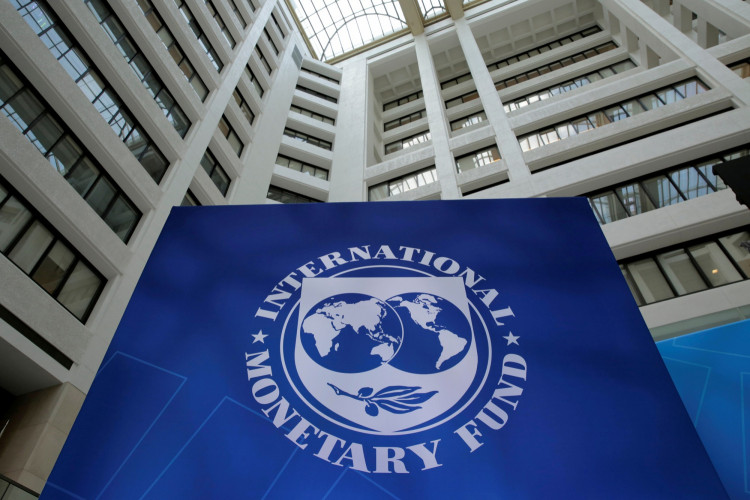The International Monetary Fund (IMF) has upwardly revised its global economic forecast for 2023 to a 3% growth in GDP, citing a resilient economic performance in the first quarter. However, the organization warned that the global economy has not fully escaped downside risks, and tightening policies from central banks worldwide may continue.
The revised prediction, announced in the IMF's updated "World Economic Outlook" report on Tuesday evening, still indicates a slowdown from last year's growth rate of 3.5%. However, it surpasses the April prediction of 2.8%.
The IMF also forecasted a slow in inflation for this year compared to the previous year, projecting a total inflation rate of 6.8%, down from 8.7% in 2022. Yet, the core inflation rate, which excludes volatile items, will drop more slowly, from 6.5% last year to 6% this year.
In April, due to crisis in European and American banking sectors and growing unease about potential U.S. debt defaults, the IMF trimmed its annual economic prediction by 0.1% to 2.8%. As market turmoil and economic prospects were uncertain, the global economic health seemed shaky.
By July, with the pandemic gradually fading and supply chains running smoother, economic activities remained steady in the face of a robust labor market. Consequently, the IMF increased its global economic projection once again. However, the organization asserted that factors like inflation, extreme weather conditions, and geopolitical conflicts could once again put the global economy at severe downside risks.
Pierre-Olivier Gourinchas, the IMF's Chief Economist, wrote in the report that while the global economy is recovering from the impacts of the pandemic and Russo-Ukrainian conflict, and progress has been evident, many challenges still loom on the horizon, and it is premature to celebrate.
The report identified developed economies as the primary drag on growth, with the IMF predicting that the U.S. economy will grow 1.8%, the U.K. 0.4%, and the German economy will contract 0.3% in 2023.
The IMF maintained its previous forecast of a 5.2% growth for China's economy this year.
Tackling inflation is deemed the top priority for the global economies at present, according to the report. Although signs of inflation warming are evident, strong labor markets and high consumer demand may make it challenging to eradicate inflation entirely, meaning central banks globally will need to continue tightening monetary policies.
In an interview with the Financial Times, Gourinchas suggested that even when the era of significant rate hikes ends, global central banks may struggle to ease their stance.
"We are approaching the peak of the rate hike cycle, but it's not entirely over. We may see central banks across countries standing still until they have sufficient confidence about the economy getting back on track," he expressed.
The Chief Economist believed that the core inflation index, excluding food and energy, will only very slowly return to the 2% target set by central banks.
The IMF estimated that roughly half of the economies will not see a decrease in core inflation rate year-on-year in 2023. In its July report, the organization increased its core inflation projections for developed economies for 2023 and 2024 by 0.3% and 0.4% respectively, to 5.1% and 3.1%.






